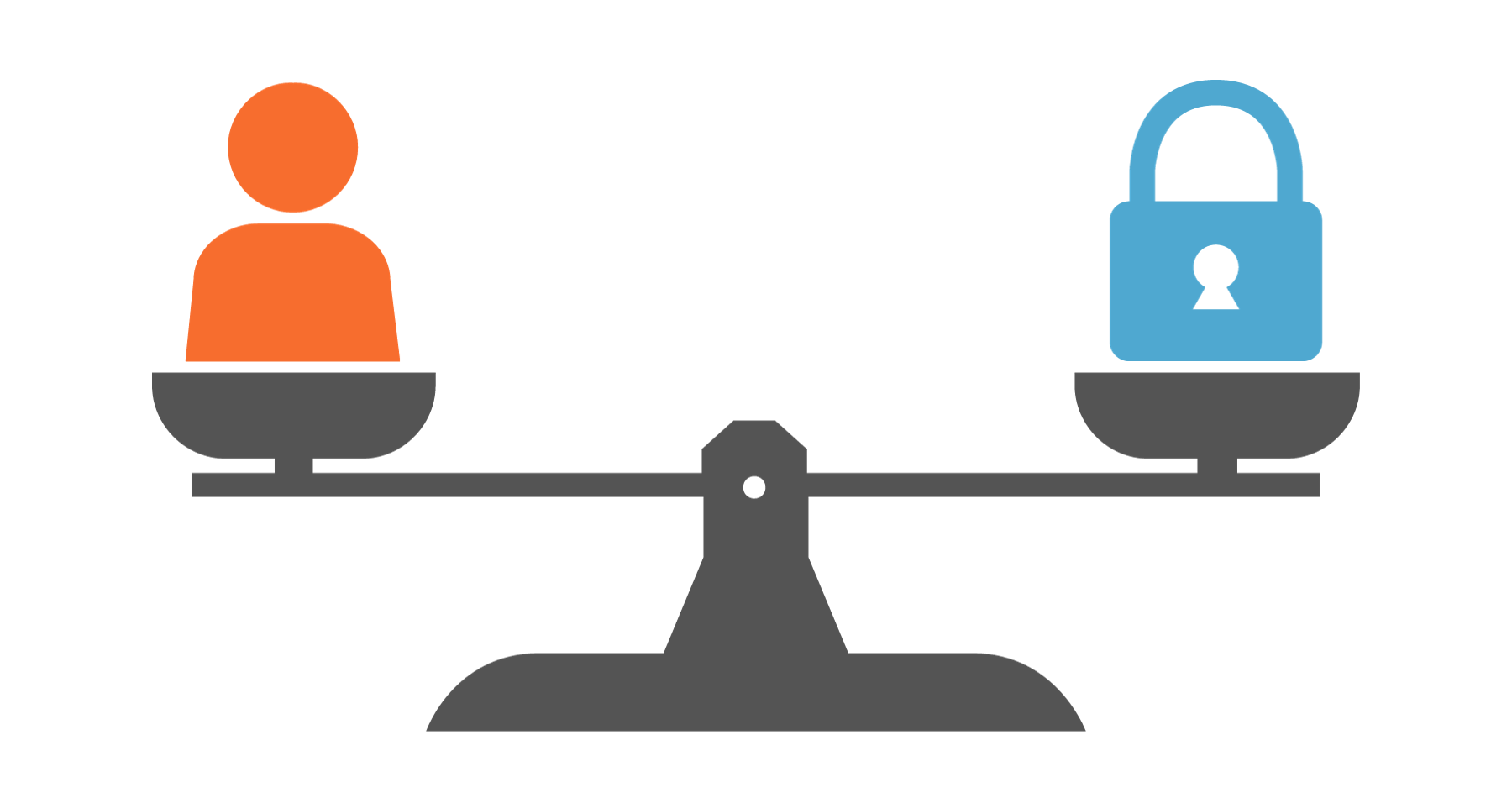Digital Rights Management: Why DRM is Critical for Enterprises
Marketing

The Importance of Digital Rights Management (DRM) for Enterprise
DRM encryption technology plays a huge role in today’s media market, but now more than ever Enterprise companies are seeing the need for heightened security & encryption technology - hello DRM.
If a company is creating, delivering, and distributing content online, they need to be that they have the necessary protection in place.
So let’s start at the top.
WHAT IS DRM?
DRM, which stands for Digital Rights Management, is a method of securing digital content to prevent unauthorized use and piracy of digital media. This mechanism prevents users from copying, redistributing, or converting content in a way that is not explicitly authorized by the content provider. As more and more content is being delivered via the internet, DRM is becoming a standard requirement for many organizations.
HOW DOES DRM WORK?
DRM confirms that video content is encrypted and packaged properly during the storage and transmittal processes, the main goal here is to ensure that only authorized devices and users can play the video back. When the necessary DRM schemes are in place, the video player will only decrypt the content if it determines the device and user have the proper authorization.
In a nutshell, DRM ensures that video content is stored and transmitted in an encrypted form, so that only authorized users and devices can play it back, depicted below:
WHICH DRM SYSTEM SHOULD I CONSIDER?
There are a variety of different DRM systems available to protect your video content. But when it comes to supporting the most popular devices & browsers, you really only need to consider The Big Three: Google’s Widevine,, Apple’s FairPlay, and Microsoft’s PlayReady.
WHEN SHOULD I BE USING DRM?
There are a variety of different scenarios in which you should be leveraging DRM to protect your digital media assets. In particular, you should have a DRM system in place when you are:
Delivering any subscription-based, authenticated business model
Licensing other content (particularly OTT video assets)
Creating your own content
Using live environments (this helps ensure your content isn't shared on social without your consent!)
Concerned your content will be pirated
WHAT CHANGES TO MY CONTENT DO I NEED TO MAKE?
If you’re using an online video platform, like Brightcove, supporting DRM may be as simple as upgrading your account and configuration to enable it. Enabling DRM requires changes to at least three components of your streaming workflow:
Content: your assets must be transcoded, encrypted, and packaged in formats compatible with the DRM systems you need to support.
Player: your video player must be able to request a key from a license server and decrypt the video; this may require different players on different platforms.
License Server: your video player will request decryption keys from a license server every time a piece of content is requested; the license server authenticates and responds to these requests.



